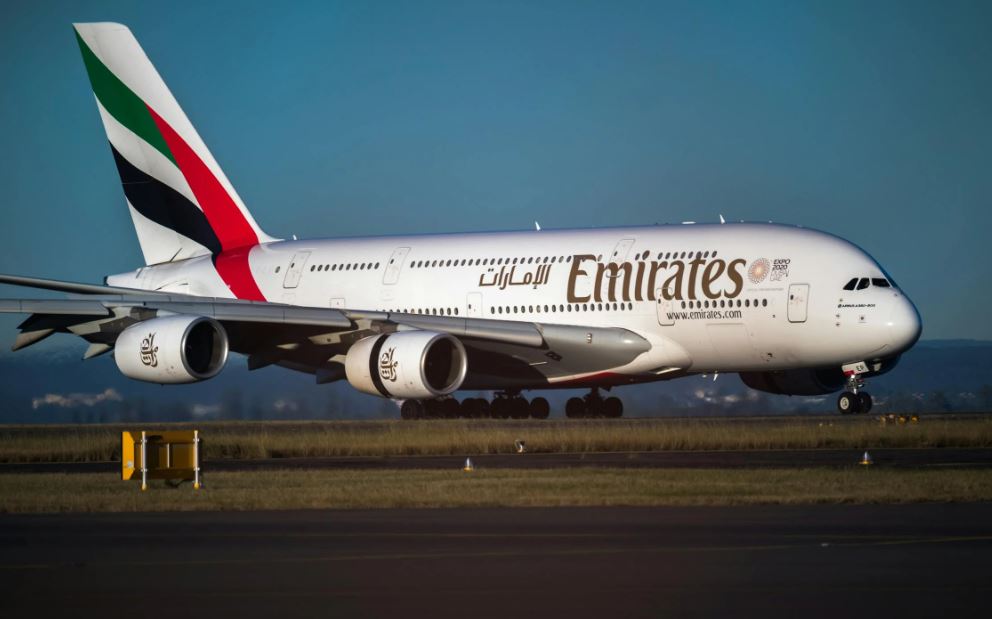What Disney's New Resort Means for Tourism in the Gulf

By: Ramsey Zeidan/Arab America Contributing Writer
In a recent press release from The Walt Disney Company and Miral, the United Arab Emirates based company that develops popular cultural tourist attractions, Disney has announced plans for a landmark theme park and resort in Abu Dhabi. Disneyland Abu Dhabi will be Disney’s seventh global resort, as well as its most futuristic. Located on Yas Island off the coast of Abu Dhabi, the park combines contemporary architecture, immersive experiences, and an Emirati approach to entertainment. Beyond a shiny new resort for Disney, there are several economic implications for the Emirates and other oil-rich countries in the Arab Gulf to consider moving forward.
A Stable Economy
Disney’s announcement is one of a series of steps the Gulf States have been taking to secure their tourism sector in light of shifting market trends. Nations in the Gulf, particularly the United Arab Emirates, rely primarily on oil and gas exports for revenue. However, a large global consumer base is growing more adamant about abandoning fossil fuels and switching to green energy to fight climate change. Critics argue that oil drilling in the broader Middle East is toxic to humans and the environment. Corporations, governments, and investors are under mounting pressure to implement sustainable practices and find alternatives to fossil fuels. Public opinion of fossil fuels is on the decline, meaning the Emirates’ hospitality industry could become a steady source of income and a much-needed path to economic diversification. A booming hospitality industry and new theme park resort is the perfect attraction to invite foreign investors. This will increase capital inflow to the Emirates, thereby increasing GDP and providing more financial stability.
Preexisting infrastructure and current trends also play into this decision. The Emirates are positioning themselves to be a tourist hub; cities like Dubai and Abu Dhabi have skyrocketed in popularity thanks to social media and a successful marketing campaign from the Emirates’ Department of Culture and Tourism. In fact, the UAE receives over 50 million tourists each year; by 2028, tourism is projected to make up over a tenth of the Emirates’ GDP. Furthermore, former Prime Minister and Ruler of Dubai Mohammed bin Rashid Al Maktoum has announced major investments in aviation upwards of 30 billion USD. This plan seeks to capitalize on the success of the Dubai International Airport, which reported hosting over 92.3 million passengers last year.

The Future of Tourism
Disney and Miral understand tourism trends, and want to take advantage of Abu Dhabi’s location, coastal access, and proximity to Dubai. Additionally, the contemporary theme of the resort will mesh well with the architecture near Yas Island. The aforementioned numbers and projections will certainly increase with the new resort in Abu Dhabi, which is projected to be completed by 2033 at the latest.
From the pearling industry in Bahrain, to the sprawling skyline of Doha, the Gulf States are placing more emphasis on non-energy industries, creating a bigger platform to promote culture and tourism. Due to an uncertain future for fossil fuels, the Gulf is now adopting alternative industries. This pivot marks a new age for the Gulf, with the United Arab Emirates leading the charge in aviation, hospitality, and entertainment. A rapidly growing tourism industry coupled with globally recognized theme parks will spell long-term success for Miral and the UAE. This collaboration between the Emirati government, Miral, and Disney should be the model for Gulf States looking to remain economically competitive in the era of climate change.
Want more articles like this? Sign up for our e-newsletter!
Check out our blog here!








